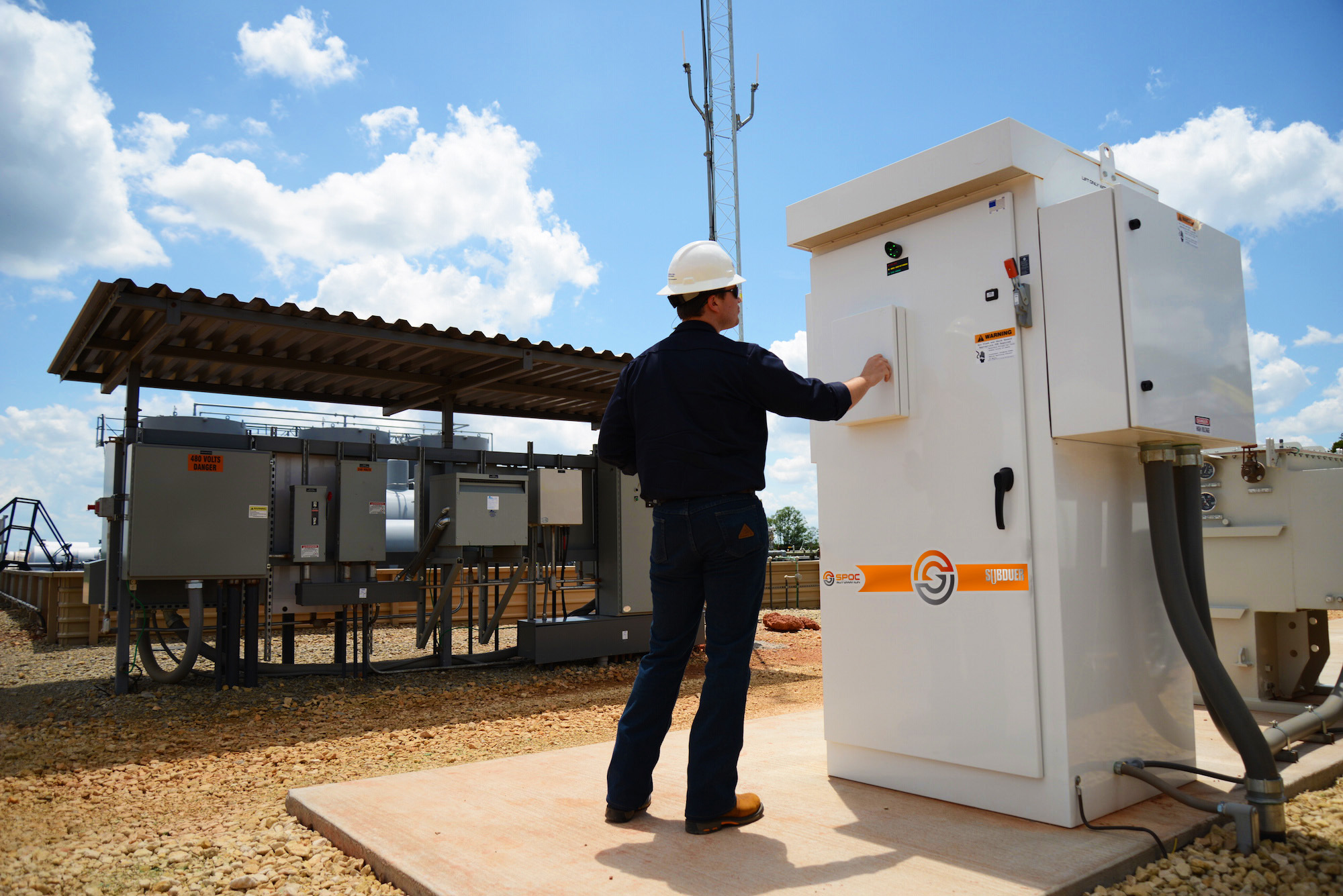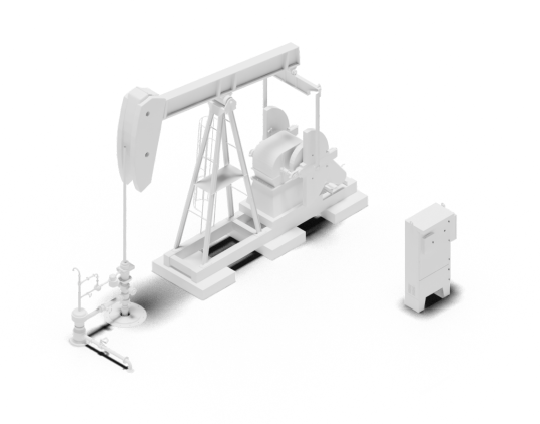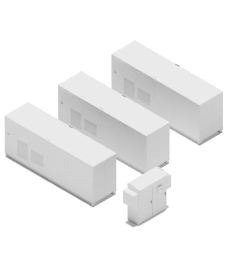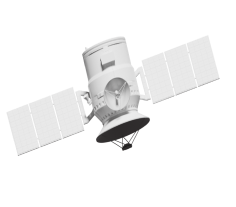While the concept of the digital oilfield is not new, several trends are converging that should accelerate technology adoption. These trends are:
- Increasing production variability
- Increasing recovery costs
- Mobile technology adoption
Combined, these trends are pushing operators to move faster toward fully automating their fields and connecting them to the rest of the company through remote monitoring and control.

Trend #1: Increasing production variability
Unconventional resource plays have opened up great new opportunities for oil and gas companies. The potential volume of hydrocarbons now accessible in the US is staggering and there has been a rush to grab the opportunity.
Contrary to initial belief, unconventionals are highly variable. Conditions can be extreme and they change rapidly. Production decline tends to be steeper.
Volumes can be very high early and low later, requiring different processes and technology to optimize production. Temperature and pressures can be dramatically different, from one field to the next, and are often longer and deeper than conventionals. All of this variability makes it very expensive to rely on manual intervention in the field to optimize production.
Trend #2: Increasing recovery costs
All the excitement and big opportunity onshore US in in unconventional reservoirs. This is where big investments are being made. These resources carry more cost than conventionals. These fields require horizontal drilling, fracture stimulation and artificial lift. While still a good business, there is no denying that costs are rising.
Given the relatively high cost, production optimization is critical. Every chance to produce more contributes significantly to the bottom line. Every cost that can be reduced is worth review.
Key targets for optimization include field production management, infrastructure costs (including energy and labor), equipment costs and maintenance.
Trend #3: Mobile technology adoption
The digital landscape has changed dramatically in the last 10 years. Virtually every working adult has at least one mobile device. According to Pew Internet Projects’ research, 58% of American adults have a smartphone Tablets account for 25% of total web usage according to the ‘Internet Trends 2014’ report. Wi-Fi connections are ubiquitous. Cellular service blankets large swaths of the country.
While trend #1 and #2 drive the need for a digital oilfield, trend #3 enables it. The workforce is already trained and comfortable with mobile technology. Adding digital applications for oilfield monitoring is a small step with great rewards for workers. Mobile technology will only become more popular in the years to come.
Putting it all together
Automation is the first step in the digital oilfield. Controllers and sensors are now routinely added to much of the equipment between the wellhead and distribution. Drives control pump operation. Controllers operate separation equipment and compressors. Sensors to measure well conditions like pressure and temperature, and equipment status like valve position. Automation allows the operator to set basic operating parameters and predictable conditions. This allows operations to continue without manual intervention until well conditions change. SPOC drive systems are an example of automation that dramatically improves pumping system performance.
The second level is remote monitoring. SCADA systems can collect and transmit data from controllers and sensors for access away from the well. This level allows pumpers to check the status of wells and prioritize well visits rather than follow a proscribed drive schedule. Automatic alerts can be sent when preset conditions are met. This gives early warning to operators who can then take action earlier than previously possible.
Remote well monitoring is becoming more popular as pumpers realize they can identify problems faster and manage their well time better when they have real-time remote acce3ss. They also have more data at hand, allowing them to identify trends that can lead to problems, and better troubleshoot those in play. Operators appreciate the potential for less deferred production, greater uptime, better optimized wells and lower risk. Pumpers have the chance to prevent spills and failures and arrive at the well informed of present conditions.
Operators can also choose to authorize some remote operations, enabling pumpers to adjust parameters away from the well. This enables more real-time response, which can lead to higher production and lower maintenance costs.

Once multiple wells can be monitored remotely, a natural next step is to monitor field performance. This may be a central operation for the production team. Input from sensors, drives and controllers throughout the field can be analyzed to determine whether problems are systemic or localized. It can contribute to decisions on enhanced recovery and asset disposition.
The digital oilfield concept reaches its ultimate deployment when data from the field becomes available to everyone who has use for it. Production data flows to accounting, investor relations and the executive suite. Reservoir performance data is available to field service and can be used for forecasting future expenditures.
SPOC Automation embraces this vision for the oilfield and supports it through our drive systems and Well Optix SCADA monitoring solutions. Ask us how we can help you achieve your digital oilfield vision.











